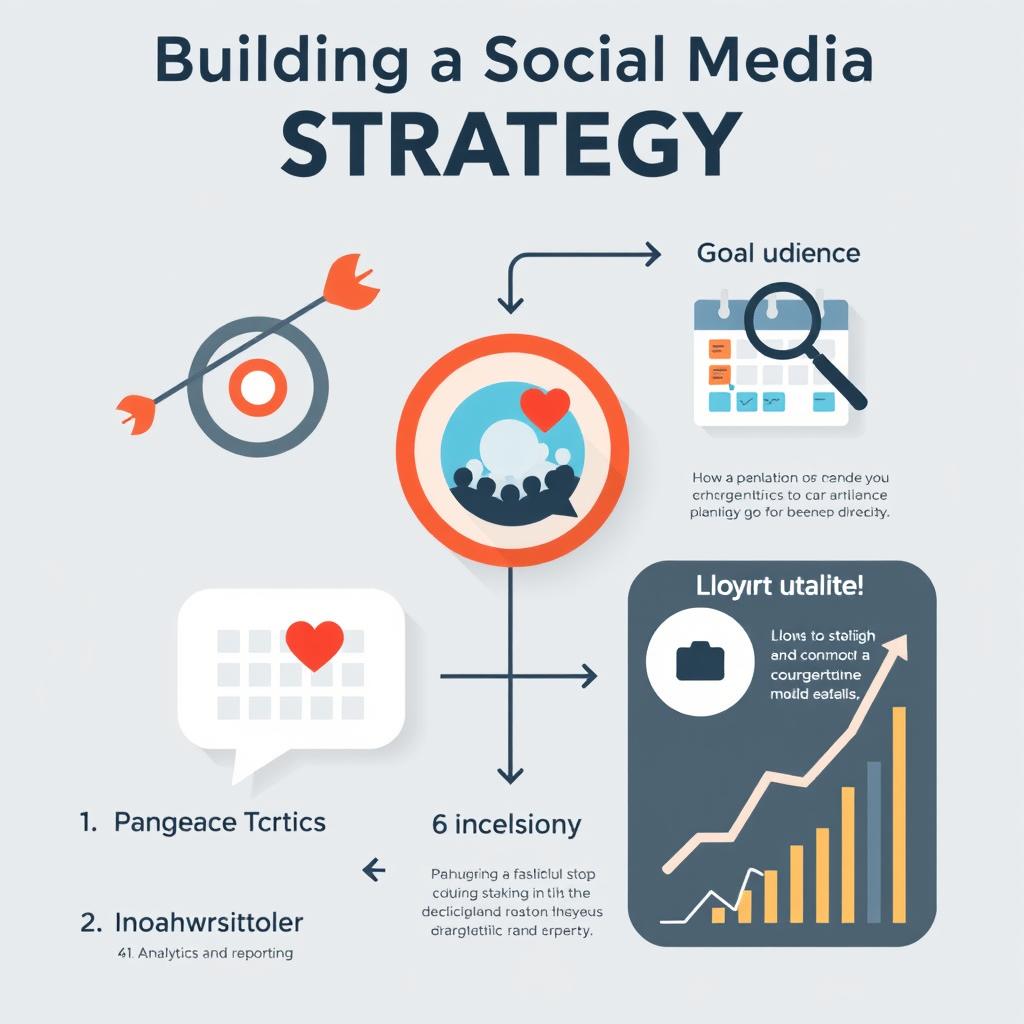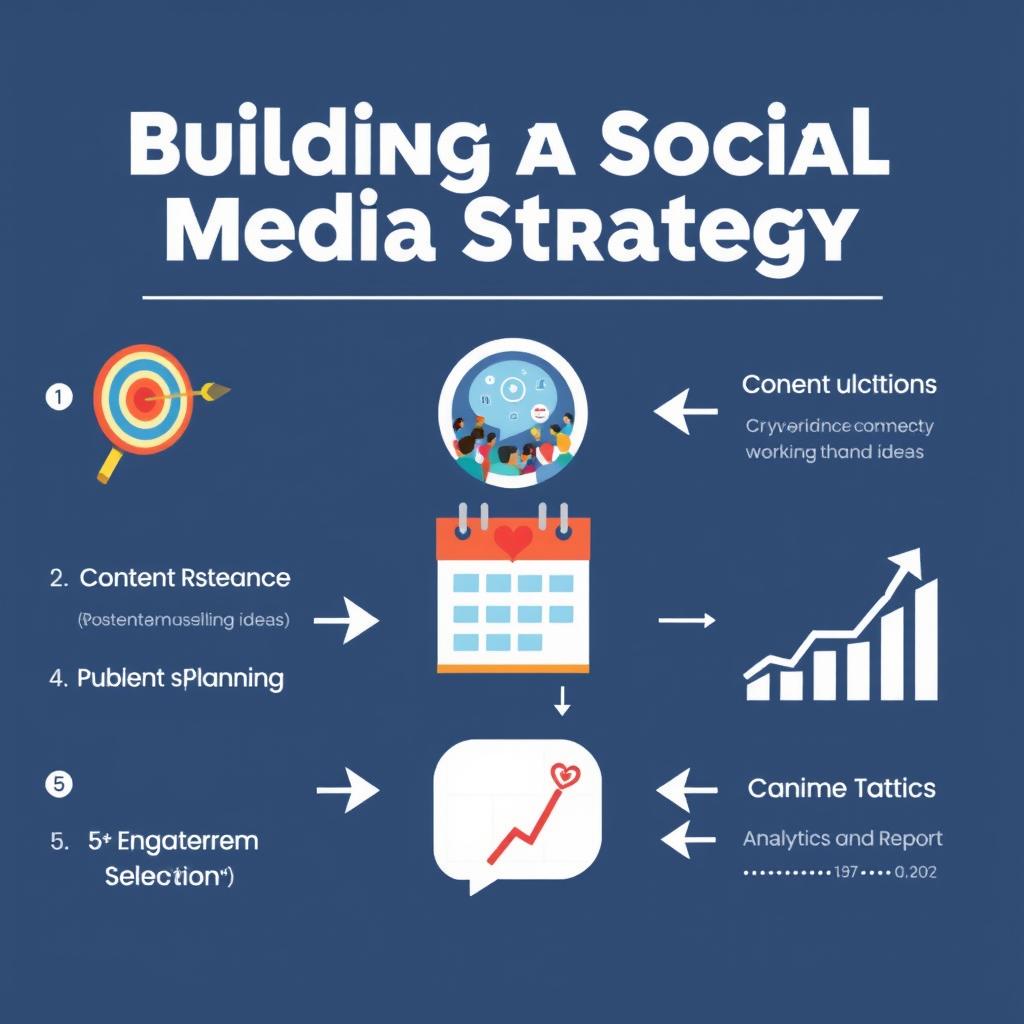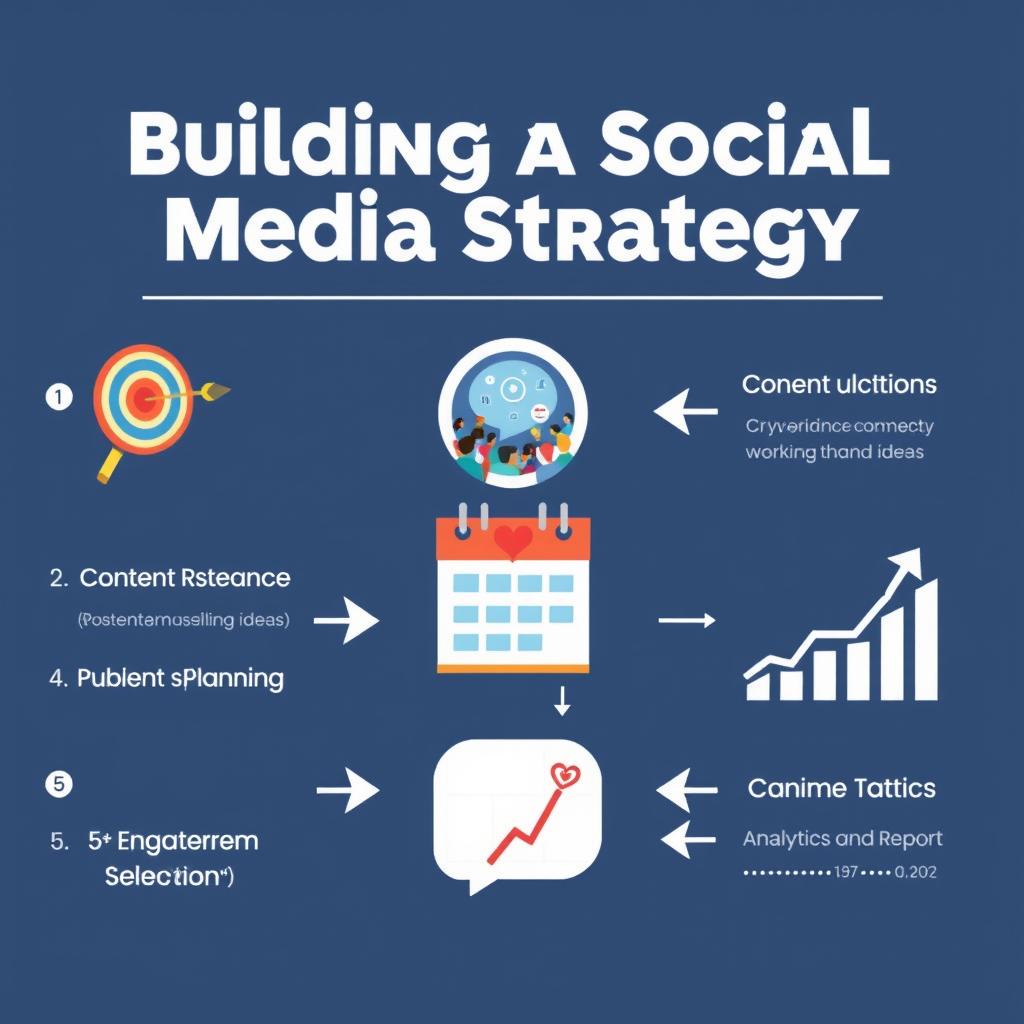When I first got serious about using social media for my brand, I thought posting consistently was enough. I’d show up, share a few updates, and hope for the best. But the truth is, without a clear strategy—especially one backed by goals and objectives—I was just guessing. And guessing doesn’t lead to growth.
What changed everything for me was learning how to set intentional goals using the SMART framework and aligning them with what I actually wanted to achieve: more visibility, real leads, stronger connections, and loyal customers. If you’re ready to move from random posting to purposeful planning, this module is for you. Let’s talk about how to build a social media strategy that actually works—and gets results.
Why Social Media Strategy Matters
It’s easy to treat social media like a to-do list item: post something, check it off, move on. But if there’s no real strategy behind those posts, you’re likely wasting time—and possibly missing out on real opportunities. A social media strategy helps you stay focused, consistent, and intentional. It keeps you from chasing trends aimlessly and instead helps you build a presence that aligns with your goals.
For me, once I mapped out my strategy, I started seeing better engagement, a clearer audience response, and actual business outcomes. Whether you want to build brand awareness, generate leads, or keep customers coming back, strategy is the bridge between your goals and your results.
Setting Goals and Objectives
When I stopped treating social media like a guessing game and started setting clear goals, everything changed. Goals gave my content direction, and objectives made progress measurable. Whether you’re aiming for more followers, leads, or engagement, having a plan transforms your efforts from random posts to real, trackable results.
Start with Why
Before diving into specific numbers or timelines, I always ask myself: Why am I doing this? Am I trying to grow my audience? Drive more traffic to my website? Boost sales? Each “why” leads to a different kind of strategy—and having that clarity up front saves time and energy later.
What Are Goals vs. Objectives?
Goals are big-picture outcomes—think of them like the destination on a map. Objectives are the turn-by-turn directions you’ll follow to get there. A goal might be “increase brand awareness,” while an objective would be “gain 1,000 new followers in 60 days through a paid Instagram campaign.”
Goals give you focus. Objectives give you action.
SMART Goals: The Key to Strategic Success
One of the most effective ways I’ve learned to set goals is by using the SMART framework. It stands for:
| Letter | Stands For | Description |
| S | Specific | The goal should clearly define what you want to achieve. |
| M | Measurable | You need to track progress and know when you’ve hit the goal. |
| A | Achievable | The goal should be realistic and within your reach. |
| R | Relevant | It should matter to your business or overall strategy. |
| T | Time-bound | There should be a deadline or time frame for achieving the goal. |
Here’s an example:
- ❌ Vague Goal: “I want more followers.”
- ✅ SMART Goal: “I want to gain 1,000 Instagram followers in 60 days by posting Reels 4x a week and collaborating with two micro-influencers.”
That kind of goal gives me direction, a timeline, and a way to measure success. It’s not a guess—it’s a plan.
Types of Social Media Objectives

Let’s dig into different types of objectives you might set depending on your overall business goals. I like to break them into three main buckets: brand awareness, lead generation, and customer retention.
1. Brand Awareness
When I was starting out, I needed people to simply know my brand existed. That’s where brand awareness came in. The goal here is to get your brand in front of as many eyes as possible—especially the right ones.
Common Objectives:
- Reach 10,000 new users on Instagram over 30 days
- Get 50,000 video views on TikTok using trending audio
- Increase Facebook Page followers by 25% in 3 months
- Boost post impressions by 40% using hashtags and tagging
Best Metrics to Track:
| Metric | Why It Matters |
| Impressions | Shows how many times your content was seen |
| Reach | Indicates unique users who saw your content |
| Follower growth | Helps track growing interest in your brand |
| Profile visits | Measures how many people checked out your profile |
2. Lead Generation
Once people know who you are, the next step is to turn that attention into interest—and eventually into leads. For me, that meant moving people from my content into my email list or sales funnel.
Common Objectives:
- Generate 200 email signups from a Facebook lead ad campaign
- Get 50 DMs in a week after a product announcement
- Drive 1,000 clicks to a landing page through Pinterest posts
- Run a giveaway to capture contact info from 500 new users
Best Metrics to Track:
| Metric | Why It Matters |
| Click-through rate | Measures how compelling your calls to action are |
| Conversion rate | Shows how many visitors became leads or customers |
| DM inquiries | Great for tracking engagement and warm leads |
| Landing page visits | Indicates how many users took the next step |
3. Customer Retention & Loyalty
It’s easy to focus only on attracting new followers, but I’ve learned that keeping your current audience engaged can be just as valuable. Loyal customers are more likely to buy again, recommend you to others, and support your business long-term.
Common Objectives:
- Increase comment replies and conversations on Instagram posts
- Create a private Facebook group with 500 active members
- Launch a referral campaign and track customer shares
- Boost repeat purchases by 20% through retargeting ads
Best Metrics to Track:
| Metric | Why It Matters |
| Engagement rate | Tells you how actively your audience is interacting |
| Repeat purchase rate | Helps track loyalty and returning customers |
| Customer reviews | Indicates satisfaction and trust |
| Shares and saves | Shows deeper value of your content |
Creating a Goal-Oriented Content Plan

Once your goals and objectives are set, it’s time to create content that supports them. Here’s how I map it out:
- Match content to goals. Want brand awareness? Focus on Reels, hashtags, and collaborations. Want leads? Include clear calls to action.
- Plan your formats. Use a mix of stories, videos, carousels, and lives depending on the platform.
- Set a schedule. I use a content calendar to keep things consistent and purposeful.
- Measure weekly. I check in on my KPIs (key performance indicators) every week so I can tweak things in real time.
Reviewing and Adjusting Your Strategy
Setting goals isn’t a one-time thing, it’s something I revisit often. After 30 or 60 days, I look at what worked, what didn’t, and where I need to pivot. Sometimes a platform just isn’t hitting like I thought it would, or a content type isn’t getting engagement. That’s okay. Social media is always evolving, and so should your strategy.
I ask myself:
- Did I hit my goal?
- Which content performed best?
- What days/times got the most engagement?
- Should I shift platforms or formats next month?
By staying flexible and data-aware, I’ve been able to grow my presence and stay aligned with my business goals.
Final Thoughts
Building a social media strategy doesn’t have to be complicated, but it does have to be intentional. Once I started using SMART goals and tying them to real objectives like awareness, leads, and retention, everything changed. My content had a purpose. My audience grew. And most importantly, I wasn’t just posting for the sake of it, I was posting with confidence.
So if you’re ready to take your social media from scattered to strategic, start with clear goals, track your progress, and stay open to adjusting as you grow. Trust me, it’s worth it.
